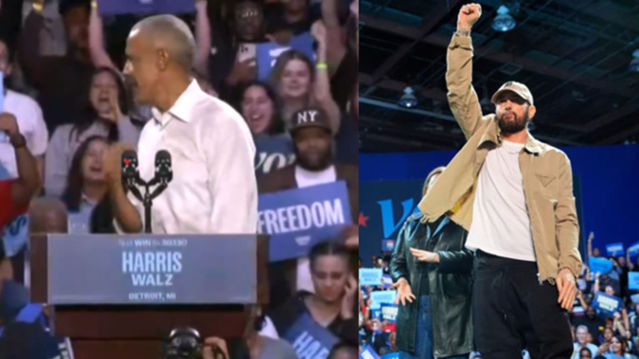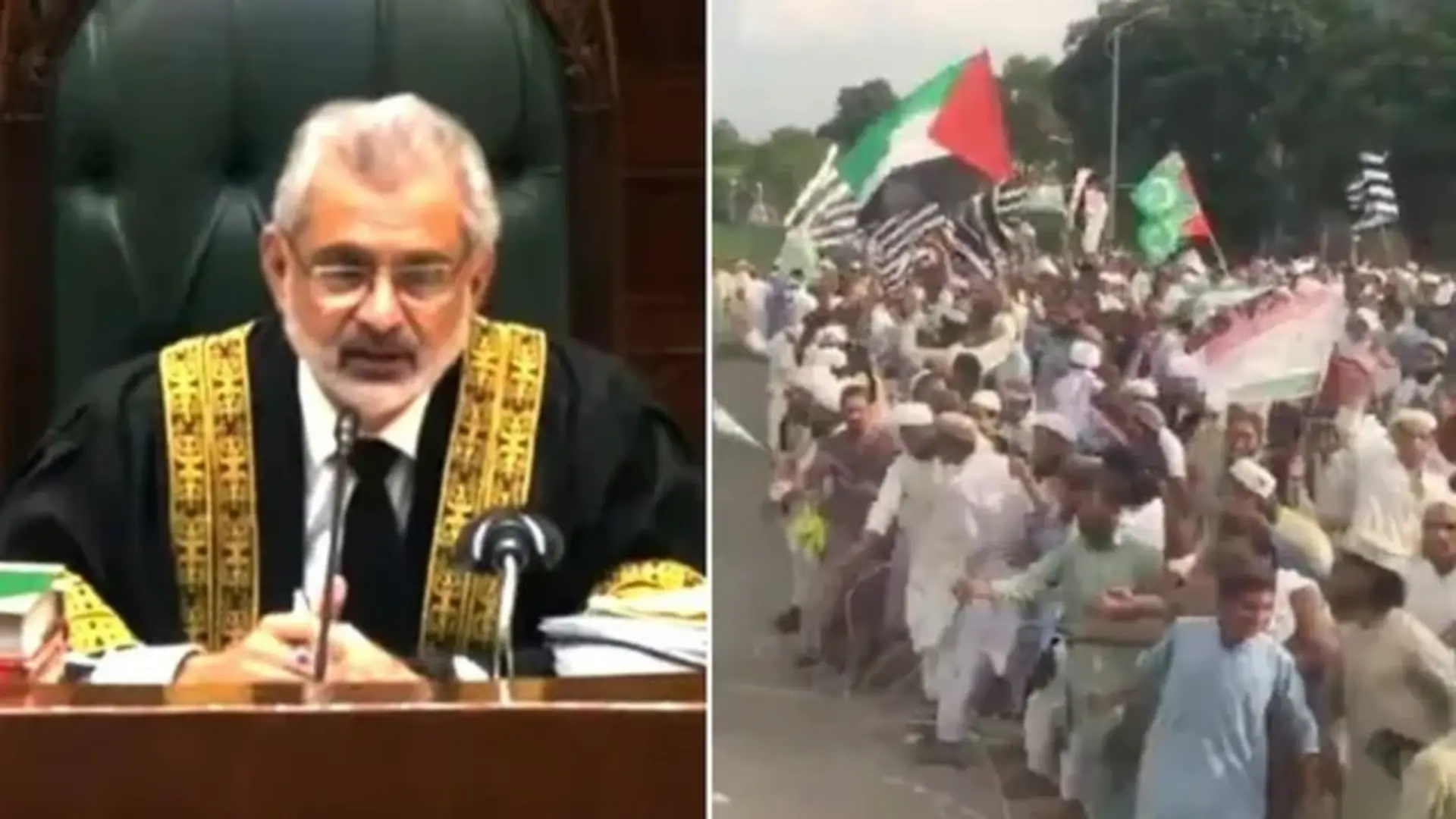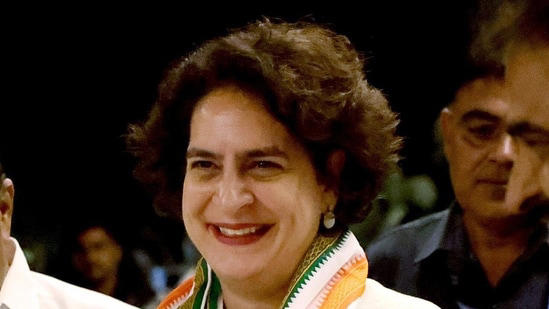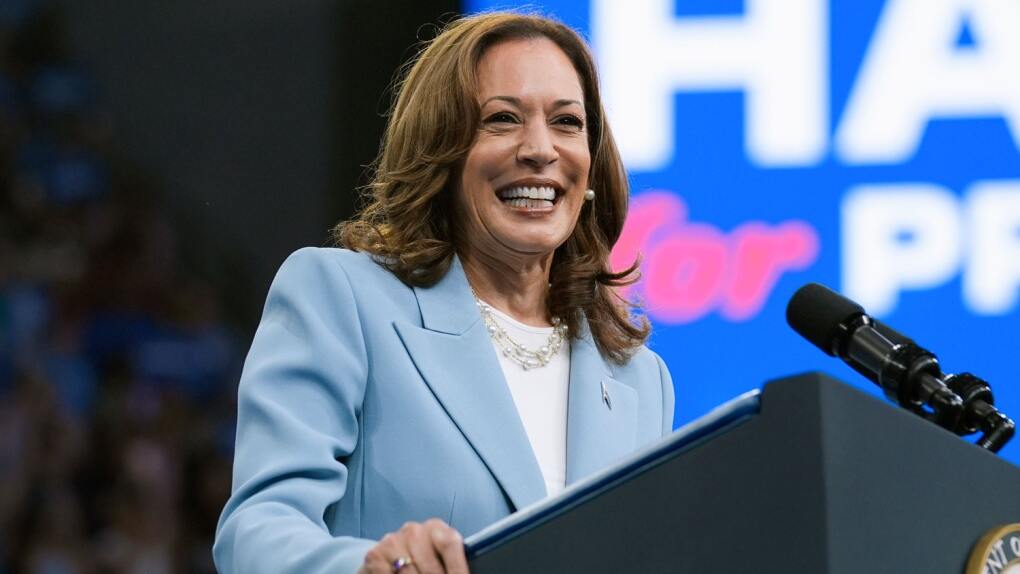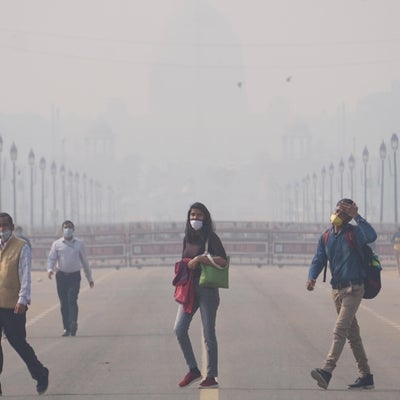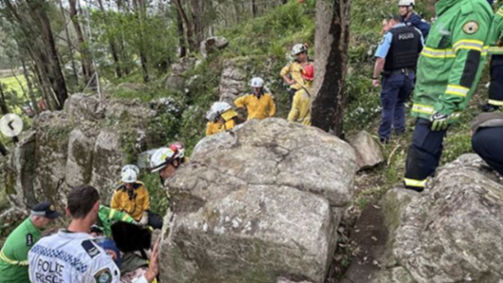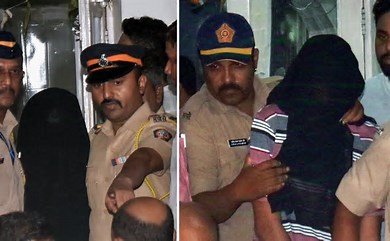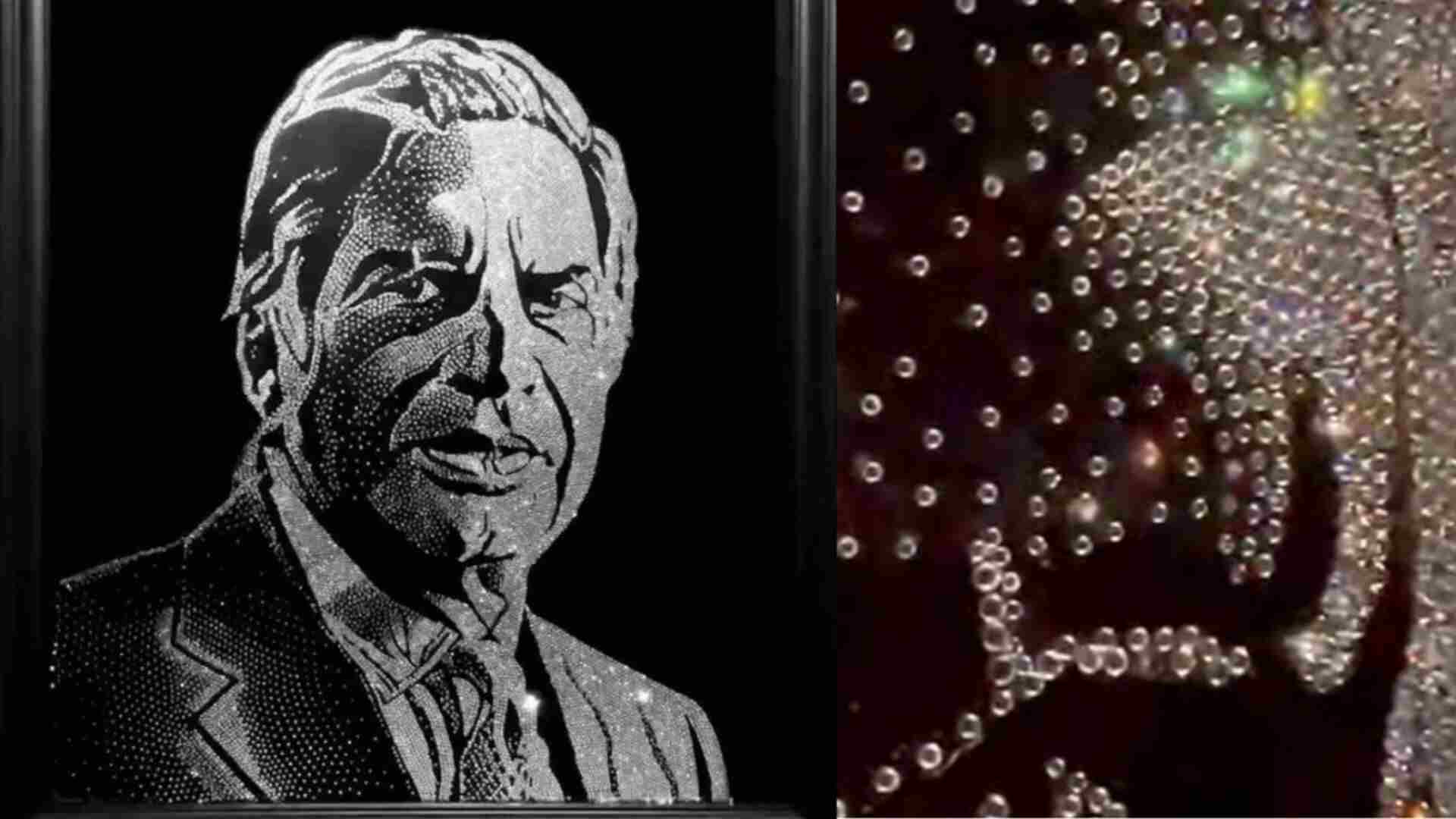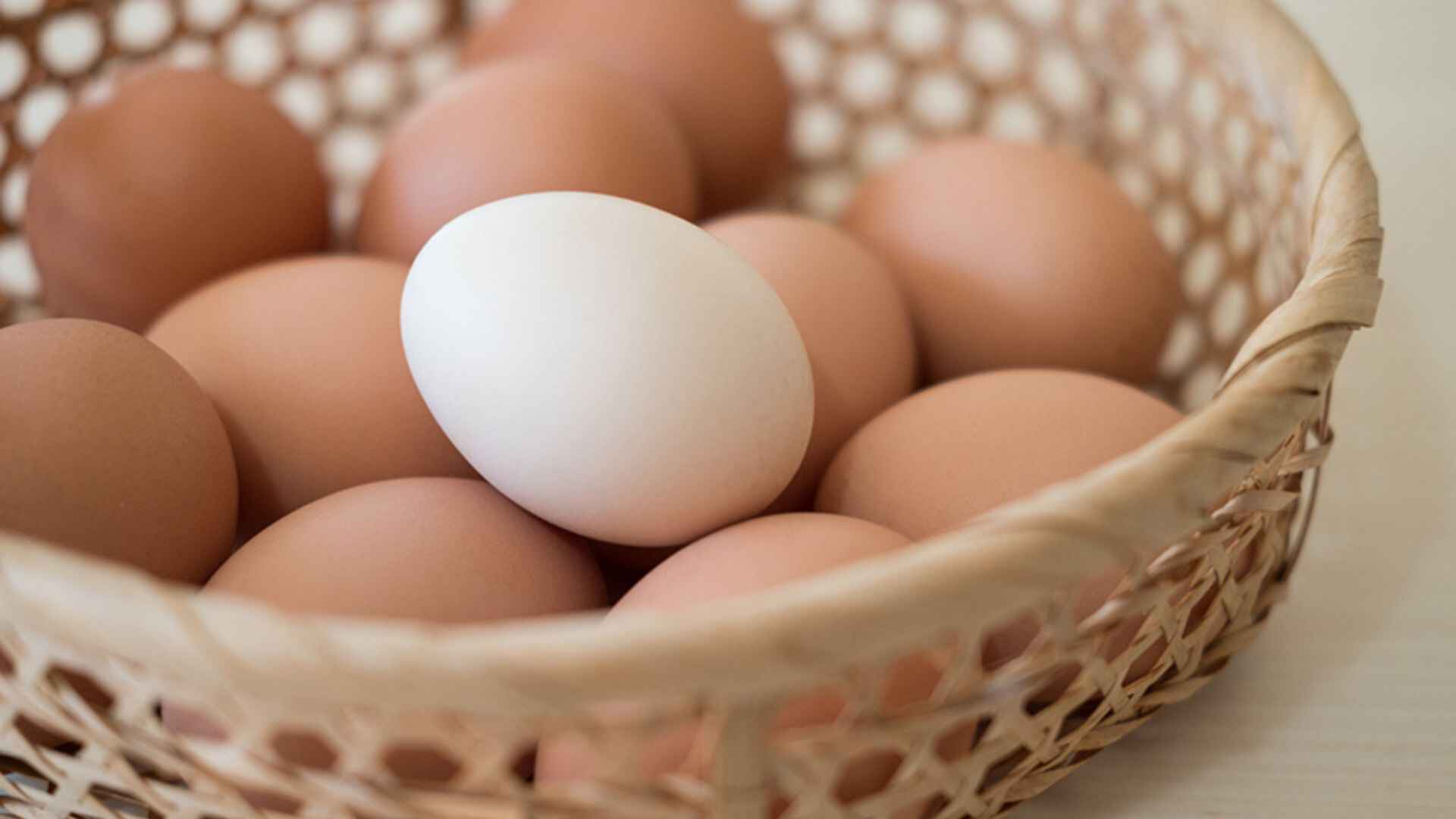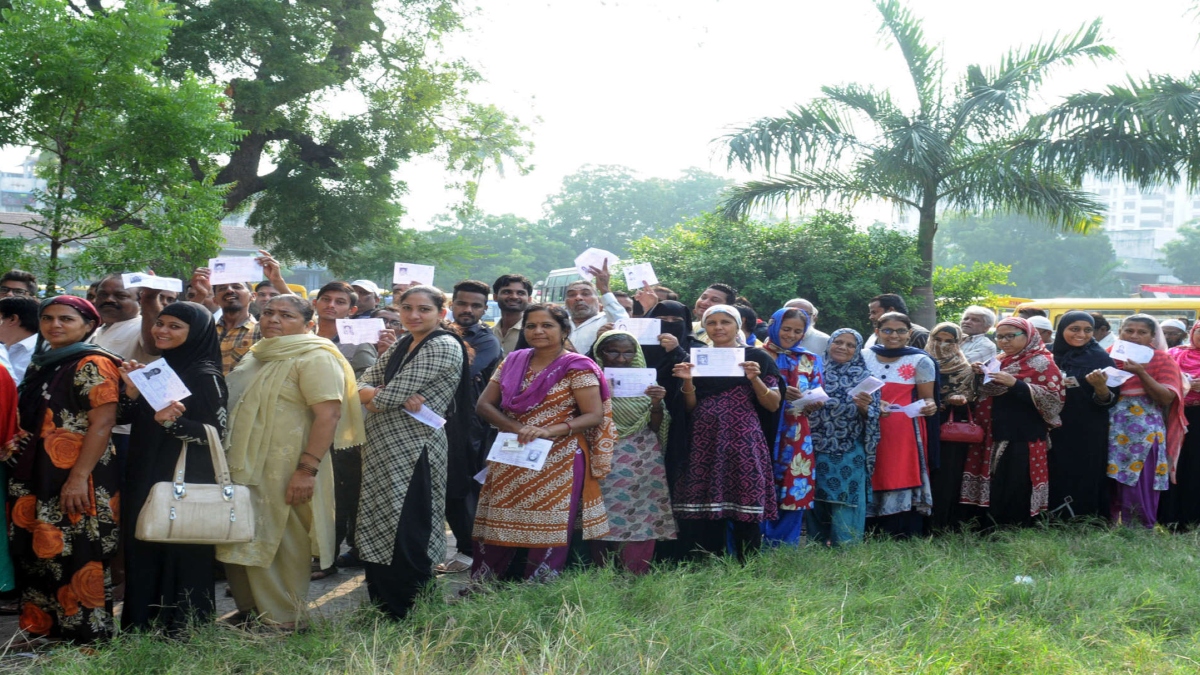
24 hours after the Bharatiya Janata Party (BJP) retained power in four out of the five states it contested in the first round of assembly elections in the country, Prime Minister Narendra Modi set out on another election campaign trail, kicking off preparations for the upcoming Gujarat elections.
Gujarat is the home state of the Prime Minister and is set to go to poll in December this year.
Shortly after the launch of the BJP’s campaign in the state, the Aam Aadmi Party (AAP), riding high on its success in Punjab, also announced its campaign in the state, on the occasion of the Hindu festival Chaitra Navaratri in Ahemdabad. The Indian National Congress (INC), still reeling from its poor performance in all five state elections, announced its “Azadi Gaurav Yatra” four days after Arvind Kejriwal’s announcement, attempting to emphasise the role played by the Congress party in India’s freedom struggle and its contribution to nation-building after independence.
Let us have a look at the campaigns, promises and electoral history of the state, to see what could happen in the polls in December this year.
POLITICAL HISTORY OF GUJARAT
Gujarat has been dominated by the BJP since 1995, except for a period of 18 months during which former Chief Minister, Shankersinh Vaghela split away from the BJP to form the Rashtriya Janata Party. Vaghela served as the Chief Minister of Gujarat from 1996 to 1997 and was succeeded by Dilip Parikh, who served as Chief Minister till 1998. Since the 1998 state elections, only BJP Chief Ministers have served in Gujarat. In the 2012 Assembly elections, the BJP won 115 out of the 182 seats with a vote share of 47.85 per cent, while the Congress only managed to secure 61 seats with a vote share of 38.93 per cent. The Gujarat Parivartan Party and Nationalist Congress Party (NCP) won two seats each, while the Janata Dal (United) (JD(U)) and an independent candidate won one seat each. While the BJP continued to dominate electoral politics in the state, its seat share fell in the last Assembly elections held in 2017. The party had set a target to win 150 seats in the state but won 99 seats with a vote share of 49.05 per cent. The elections witnessed a tough fight between the INC and the BJP, with the INC winning 77 seats with a vote share of 41.44 per cent. However, due to defections from Congress and by-poll wins, the BJP’s tally increased to 112 while Congress slipped to 65. One of the key issues of the election was the Patidar reservation. Since 2015, there have been large scale demonstrations, protests and riots by Patidars in Gujarat, as they were seeking Other Backward Class (OBC) status. One of the key highlights of the elections was the rise in popularity of Hardik Patel, who currently serves as the Working President of the Gujarat Pradesh Congress Committee, as an important political force in the state. Patel led the Patidar reservation agitation starting in July 2015 and became the face of the agitation. After the win, Home Minister Amit Shah said the victory of the BJP in the state was a victory of “developmental politics” over “caste-based politics”. The 2017 elections also marked the first time the option of choosing None of the Above, NOTA, was made available to voters. A whopping 1.8 per cent of voters chose NOTA, making its share higher than that of parties such as NCP, Bahujan Samaj Party (BSP), and others.




The BJP also swept the state in the 2019 Lok Sabha polls, winning all 26 seats. BJP President Amit Shah led the charge, securing his parliamentary election debut from the Gandhinagar seat. However, in September 2021, approximately a year before the scheduled Assembly elections, Vijay Rupani, the BJP Chief Minister from Gujarat, tendered his resignation. “I believe that the journey of Gujarat’s development should go ahead under a new leadership, with new excitement and new energy. Keeping this in mind, I have resigned as Chief Minister Of Gujarat,” he wrote in a letter, not giving any specific reason for his resignation. Bhupendra Patel was unanimously elected as the BJP legislative party leader and Chief Minister-elect of Gujarat a few days after that. A new cabinet was sworn in on 16 September, 2021.
A series of local body elections were also held in the state in March 2021. The BJP swept the urban local bodies of Gujarat winning all six municipal corporations in Ahmedabad, Surat, Vadodara, Rajkot, Jamnagar, and Bhavnagar. This was one of its largest victories in civic bodies in the state as it won more than 80 per cent of the seats in all the municipal corporations. One of the biggest surprises of the local body elections was the performance of the AAP. The AAP was contesting local body elections in the state for the first time and managed to secure 27 out of 120 seats, becoming the principal opposition party in the Surat Municipal elections, while the Congress failed to win even a single seat. Similarly, the All India Majlis-e-Ittehadul Muslimeen (AIMIM) won seven seats in Ahmedabad in Jamalpur and Maktampura wards, both Congress bastions for years.
GAME, SET, CAMPAIGN
Prime Minister Narendra Modi effectively kickstarted the BJP’s campaign in Gujarat in March 2022 with a massive roadshow. It was held in Ahmedabad and attended by thousands of young people, as well as village and district and panchayat representatives.
Following this, the Gujarat government has announced that it will be expediting a slew of infrastructure projects, including the second phase of the Gandhinagar-Ahmedabad metro, a greenfield international airport at Rajkot, a diamond bourse in Surat and more.

The party has also launched a six-month-long campaign to reach out to voters, especially those from economically backward backgrounds, and take up the responsibility of nourishing children found to be under-nourished, under a scheme called Suposhan Abhiyan.
Overall, BJP aims to continue highlighting its achievements and development brought about in the state, as part of its campaigning.
The party will promote the impact of the Ayushmaan Bharat Yojna, PM Awas Yojna, and the Covid-19 vaccination drive in order to highlight its achievements in the state.
Prime Minister Modi is also scheduled to address public rallies in north Gujarat and visit the tribal-dominated district of Dahod, followed by a visit by Amit Shah.
The INC, which has been trying to combat its diminishing footprint in national and state-level politics, is also attempting to campaign in the state.
The party won 77 seats in the 2017 assembly elections in the state and failed to secure a presence in the local body elections held last year.
On 6 April, the party launched its Azadi Gaurav Yatra to showcase the role played by the Congress party in India’s freedom struggle and its contribution to nation-building after independence from Gandhi Ashram in Gujarat. The party has announced its “Dwarka Declaration”, which is its blueprint to win 125 seats in the 2022 polls.
As a part of this blueprint, the INC will promise to resolve 12 major issues of public welfare with a focus on farmers, eliminating inflation, and tackling unemployment.
The Congress promised to waive farmers’ debts and halve electricity bills in rural or urban areas. Other promises include a promise to build “Mahatma Gandhi Model Schools’’ and increase health facilities in the state, including the promise to recruit more health workers.
WILL AAP BE THE LEADING OPPOSITION PARTY IN GUJARAT?
The AAP launched its election campaign led by Delhi Chief Minister Arvind Kejriwal and Punjab Chief Minister Bhagwant Mann on Navaratri, an auspicious day for Hindus, stating it was a key message to the people of Gujarat and the party cadre of AAP that the new year will bring peace and prosperity to all.





The AAP launched its roadshow from the Khodiyar Mata temple in Nikol, which is a not-so-affluent neighbourhood in Ahmedabad’s old city area, where most residents are working-class Patidars and migrant labourers. Nikol was also one of the epicentres of violence during the 2015 Patidar agitation for reservation led by now Congress leader Hardik Patel.
The AAP has so far been successful in attracting a section of the Patidar community, who have been disenchanted with the ruling party. This was visible in the party’s victory in the 2021 Surat civic polls.
The AAP has also been reaching out to youth in various parts of urban Gujarat, raising the issues of employment, education, and various scams, aiming to carve its position in the anti-BJP space with the Congress failing to dislodge the BJP from power for 25 years now.
The party has appointed Dr Sandeep Pathak, who is credited to have played a large role in AAP’s Punjab performance, as its Gujarat election in charge, while Gulab Singh Yadav will be the campaign in charge.
While expanding its organisational base in the state, the AAP subsequently inducted a slew of prominent faces from different fields, including popular TV anchor Isudan Gadhvi, youth leader Yuvrajsinh Jadeja, farmer activist Sagar Rabari, and Patidar youth leader Nikhil Savani into its fold.
The party is also likely to look into allying with regional parties for the elections. On 27 March, Kejriwal met Bharatiya Tribal Party (BTP) leader and Dediapada MLA Mahesh Vasava. The party, which has two MLAs at present, is likely to ally with the AAP for the assembly elections later this year.
While the Congress is dealing with a shrinking footprint and has been incapable of taking power away from the BJP in the state in the past few decades, the AAP’s performance in the civic body elections and overall preparations and campaign strategy shows its ambitions to come out as the principal opposition party to the BJP in the upcoming elections.
Contributing reports by Damini Mehta, Senior Research Associate at Polstrat and Abhinav Nain, Akhil Chirravuri, Uday Wadhwa Interns at Polstrat.
